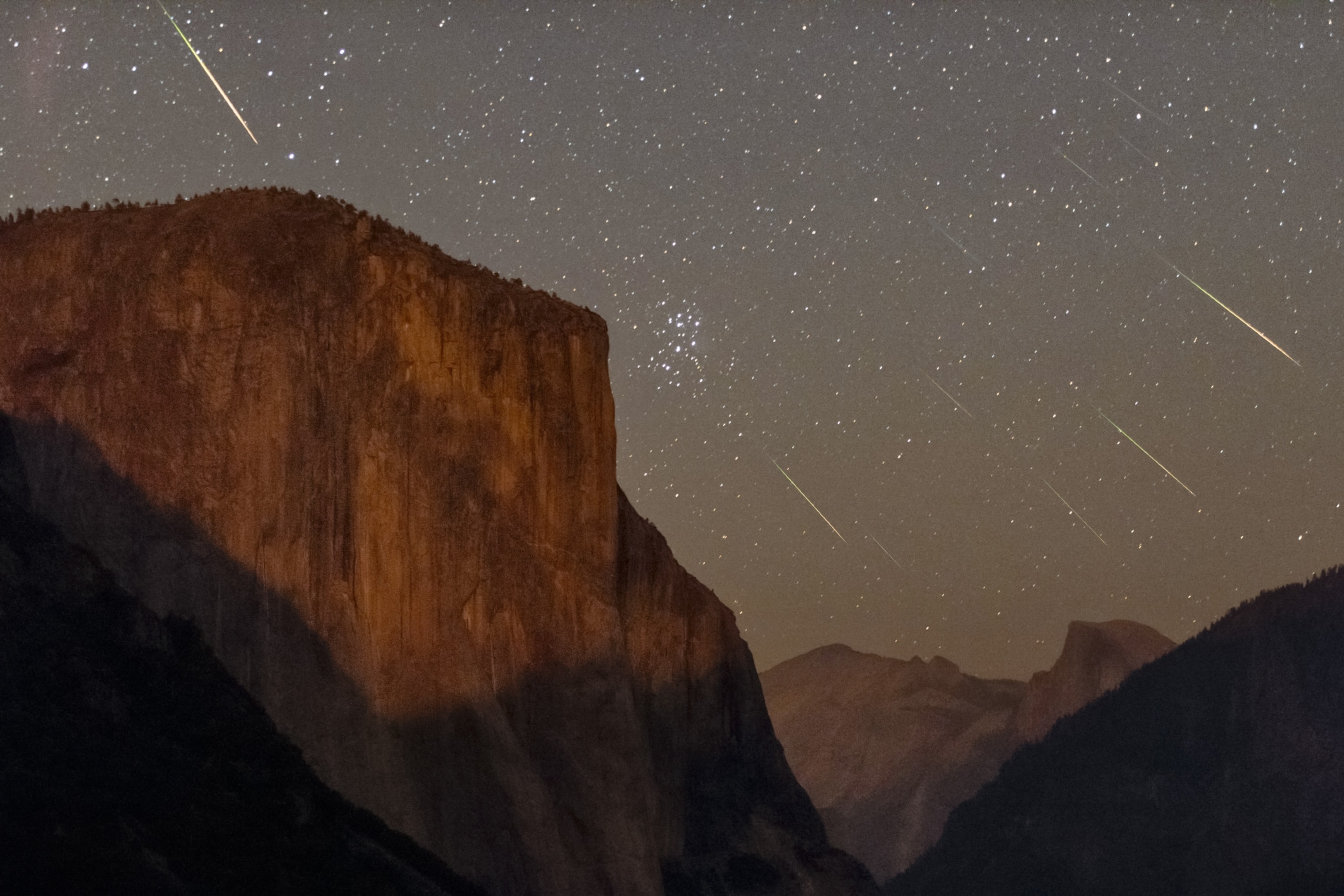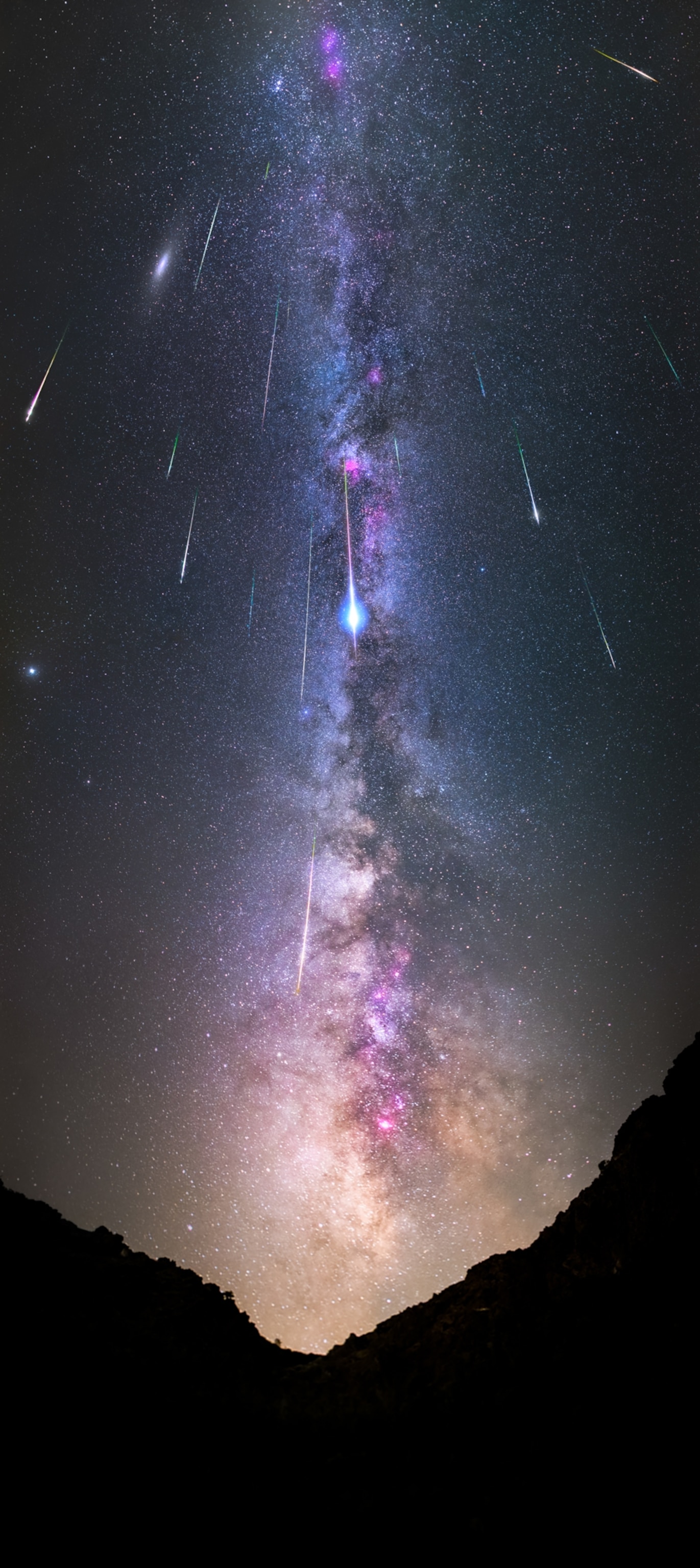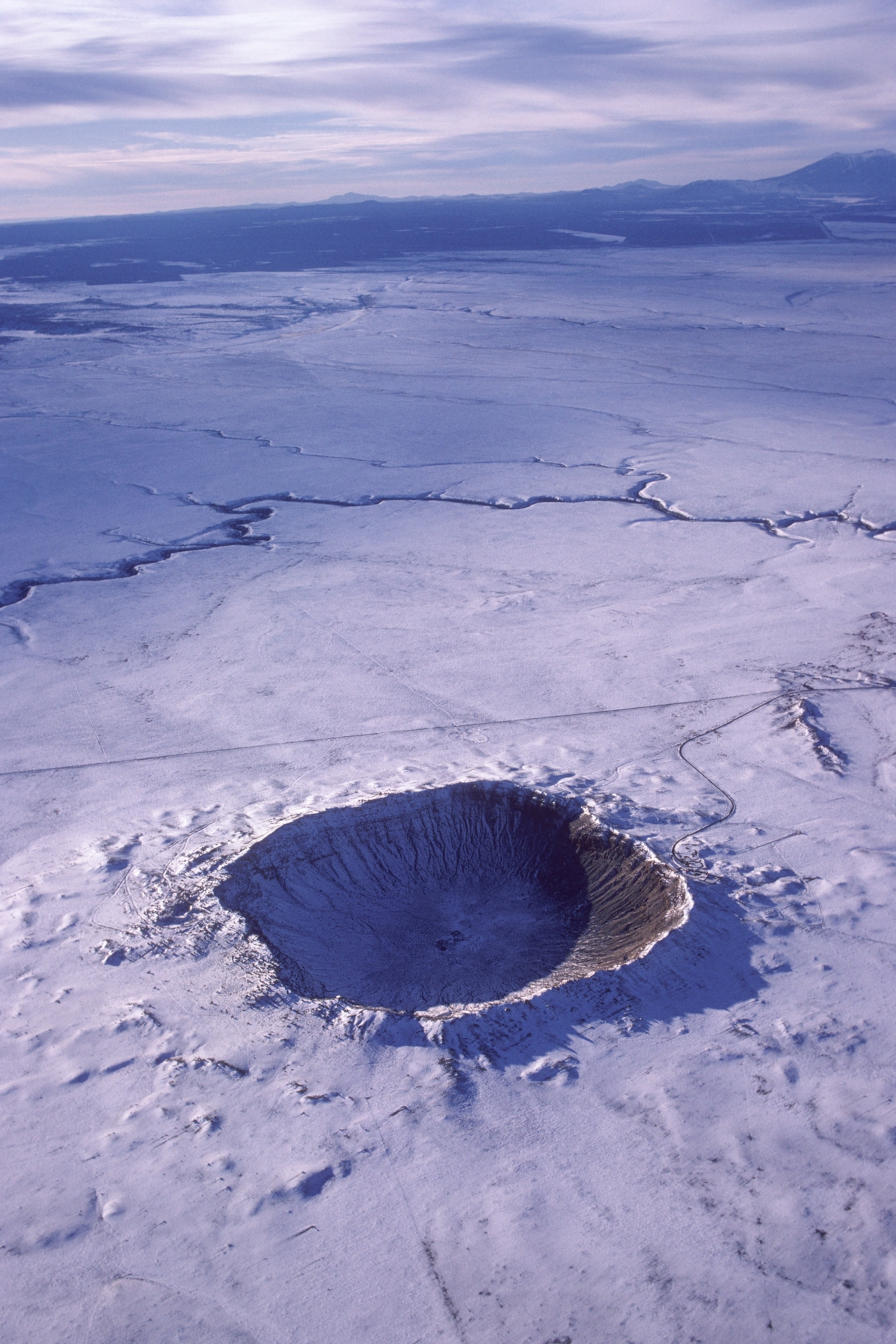
The Geminids meteor shower peaks this week—here's what causes them
The best time to watch for shooting stars is during the peak of an annual meteor shower. Here's everything you need to know about these spectacular displays.
When you wish upon a falling star, you're actually offering your hopes and dreams to a small piece of space rock burning up as it plummets through Earth's atmosphere. Known as meteors, these brilliant streaks of light have entranced humans for centuries, especially when they arrive in bursts of blazing glory during sky shows called meteor showers.
Scientists have known since the mid-1800s that almost all meteor showers are born from icy comets. When one of these visitors from deep space enters the inner part of the solar system, heat from the sun causes ices on the comet's surface to change from ice to gas, a process called sublimation. This is what produces a comet's beautiful tail.
As the ices vaporize, the comet releases dust, sand grain-size particles, and even a few boulder-sized chunks of stone that get left behind in its wake. With each orbit, that process creates a stream of debris along the comet's path that persists long after the dirty iceball has headed back out to the edges of the solar system.
In some cases, Earth crosses through the debris streams during its trip around the sun. As the planet plows through the cometary leftovers, rocky bits slam into our atmosphere and burn up, creating a spectacular display in the night sky. And we are not alone; meteor showers also happen on Mars, although the red planet sees different displays based on the cometary paths it crosses.
A small number of meteor showers buck the trend and originate from asteroids, not comets. The Geminids fall into this category and are thought to come from the asteroid 3200 Phaethon. Scientists aren't exactly sure how the space rock achieves such a dazzling display. But one study posits that the asteroid is part of a larger planetary body, possibly a comet, that broke up in a collision or explosion, and the resulting debris gives us the meteor shower.


Outbursts and fireballs
A few meteors may fall on any given night, but the best time to watch for them is during the peak of an annual meteor shower. This is when Earth crosses through a particularly dense part of a comet's debris stream, an event that happens at predictable times each year.
Seen from Earth's surface, the meteors in annual showers appear to radiate from particular points in the night sky. Most showers are therefore named after the constellation from which they seem to fall. For instance, the prolific Perseid meteor shower that happens every August is named for its origin in the area of the constellation Perseus, the mythical hero.
Each major meteor shower has different peak rates at which its shooting stars fall. Some, like the Lyrids in April, see rates of about 15 to 20 meteors an hour. Others, like the Geminids in December, deliver as many as 60 to 70 meteors an hour.
But these debris streams are not entirely uniform, and some normally weak showers are known for producing occasional outbursts of up to a thousand meteors an hour, while others will punctuate the sky show with bright fireballs. The different annual showers also see meteors fall at different speeds, which can affect how long the streaks last in the sky.
Unfortunately, astronomers can't predict when a given meteor shower will produce especially dazzling displays with much accuracy. And some of the major meteor showers are best seen from either the Southern or Northern hemisphere, depending on their associated constellation. To offer a more controlled experience, one company in Japan has proposed a way to create artificial meteor showers using satellites and specially designed “meteors” made of chemical-filled pellets.
The best way to experience a natural meteor shower is to head into darker rural areas, away from light pollution, and wait for the shower's radiant constellation to rise high in the sky. Allow your eyes to adjust to the dark, and then watch out for the ephemeral bursts of light.






